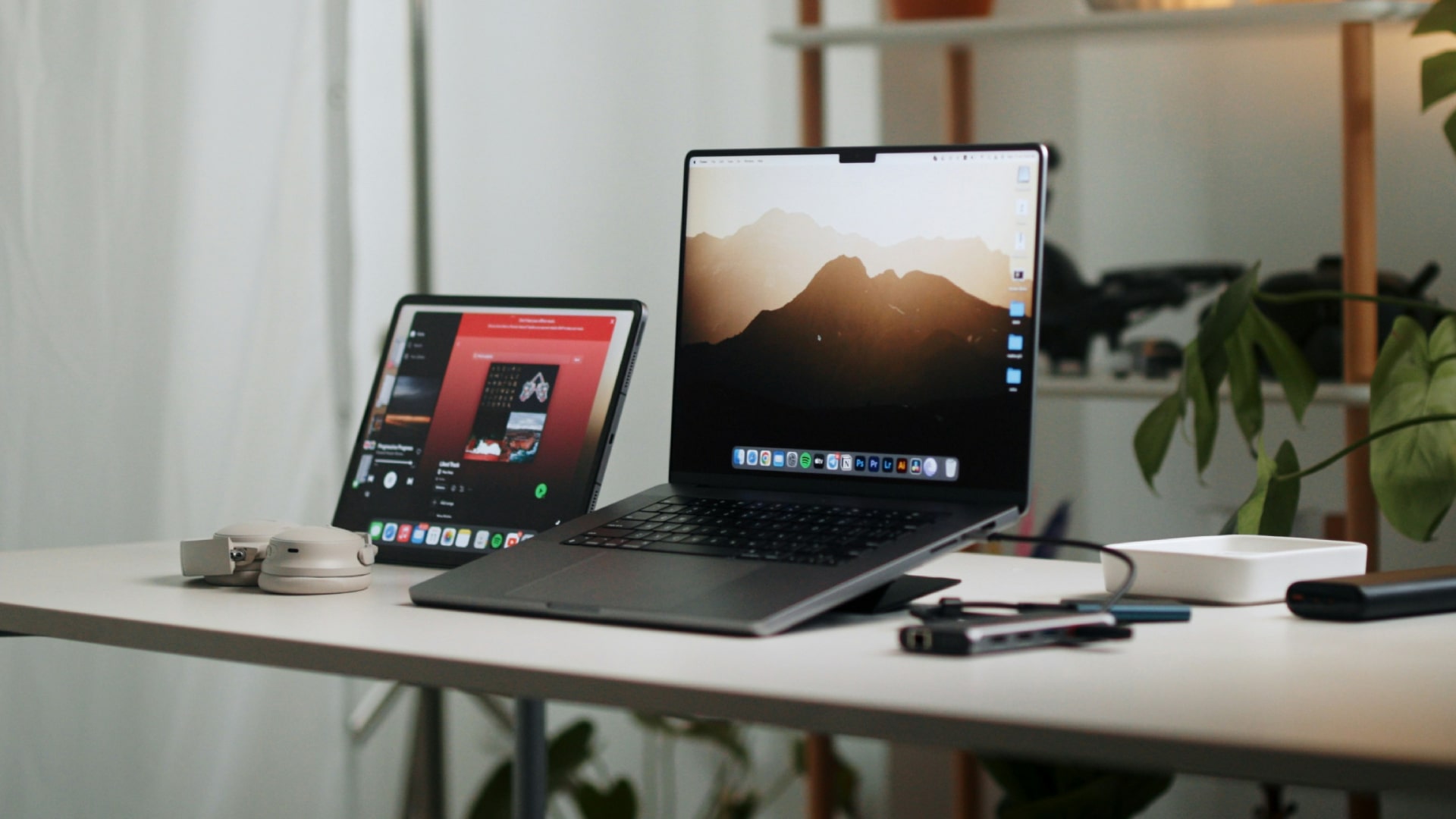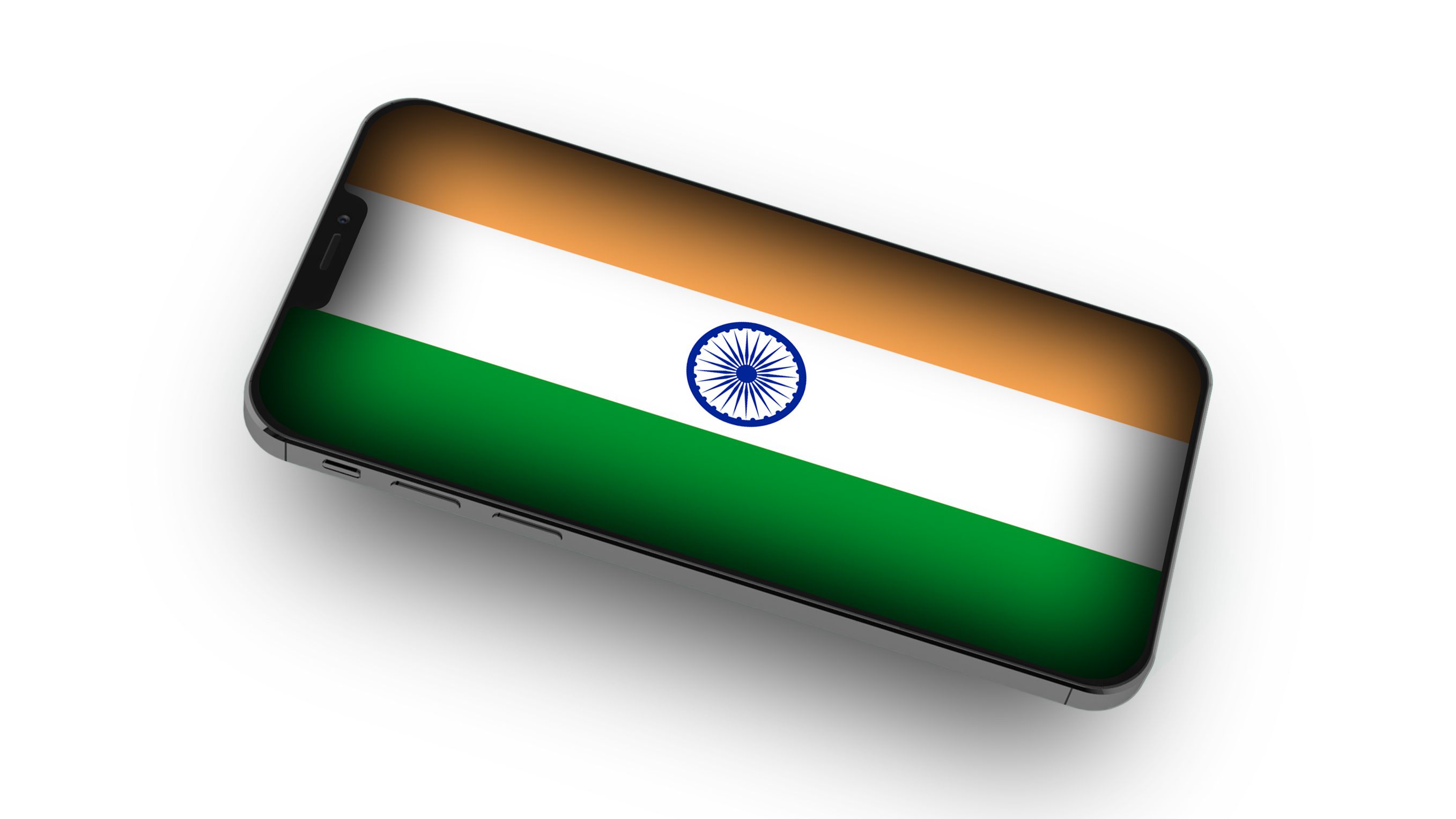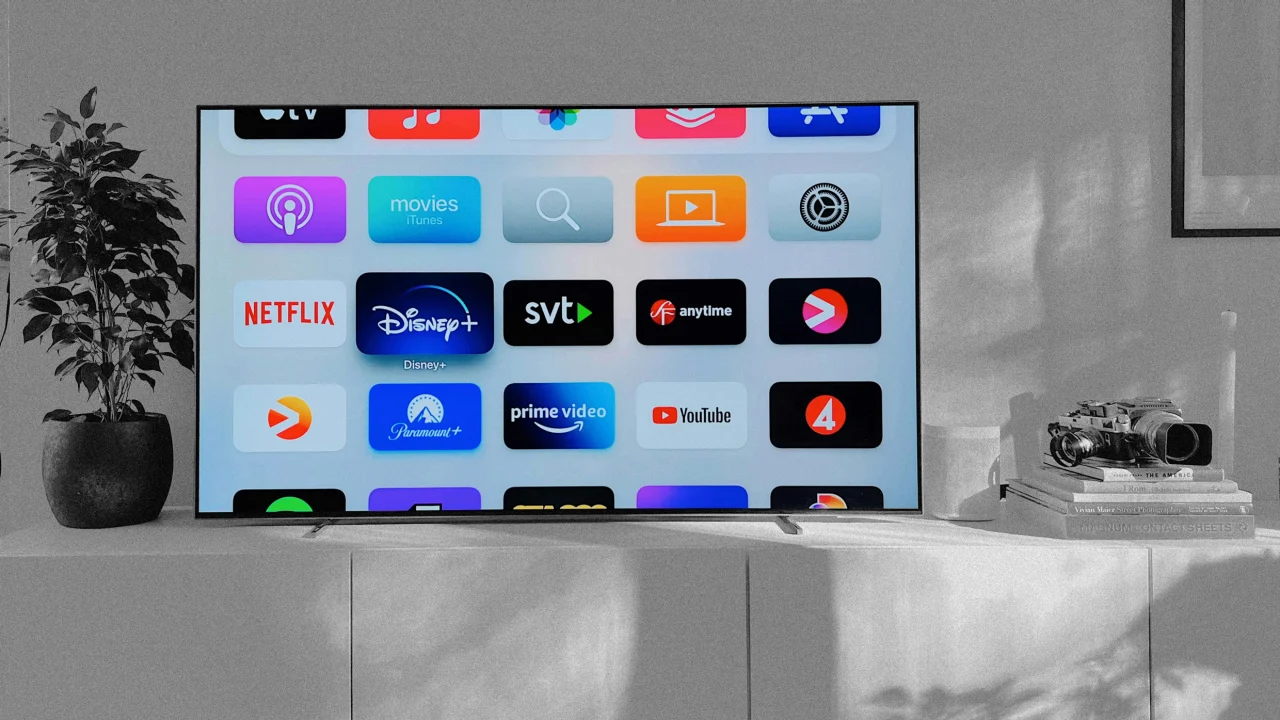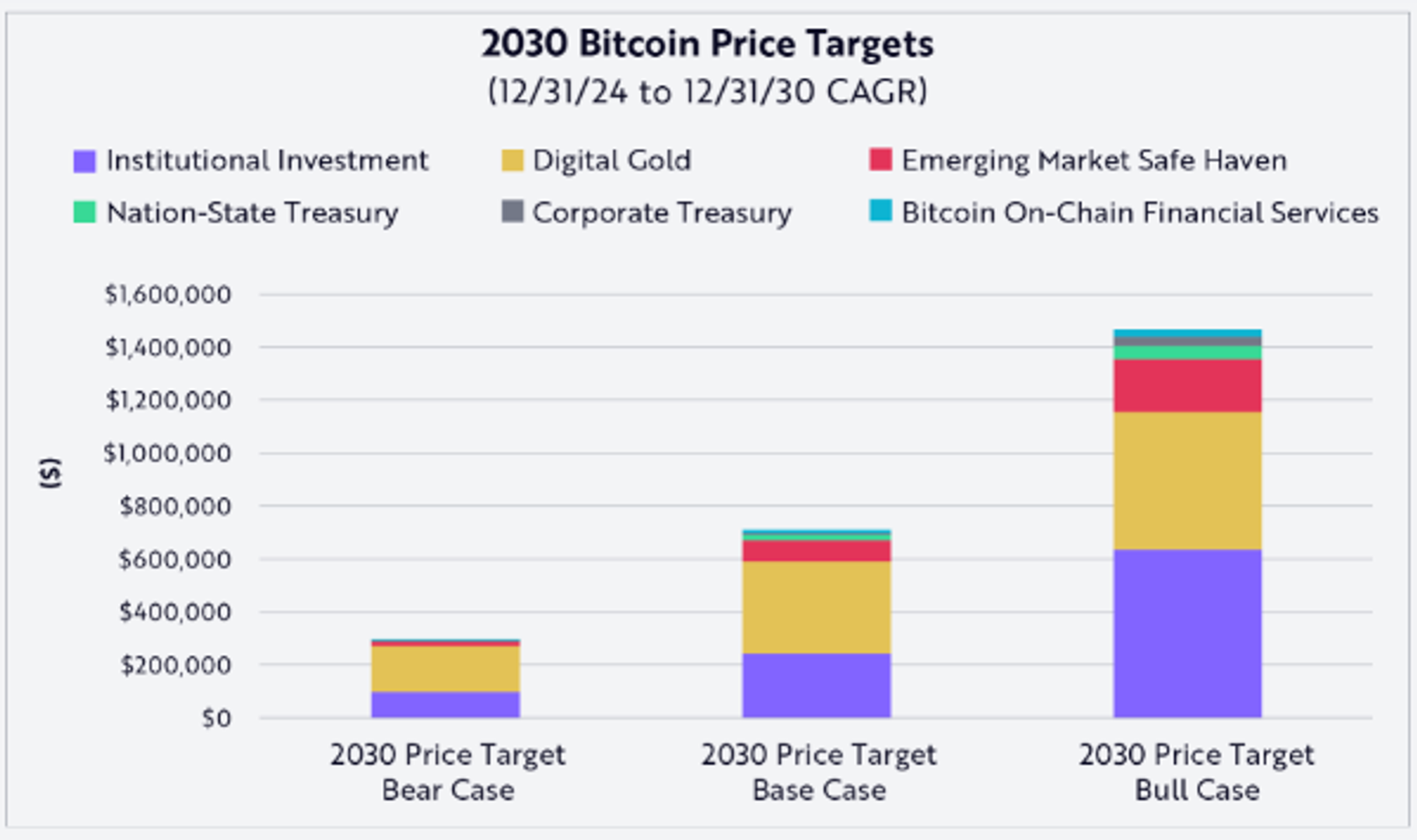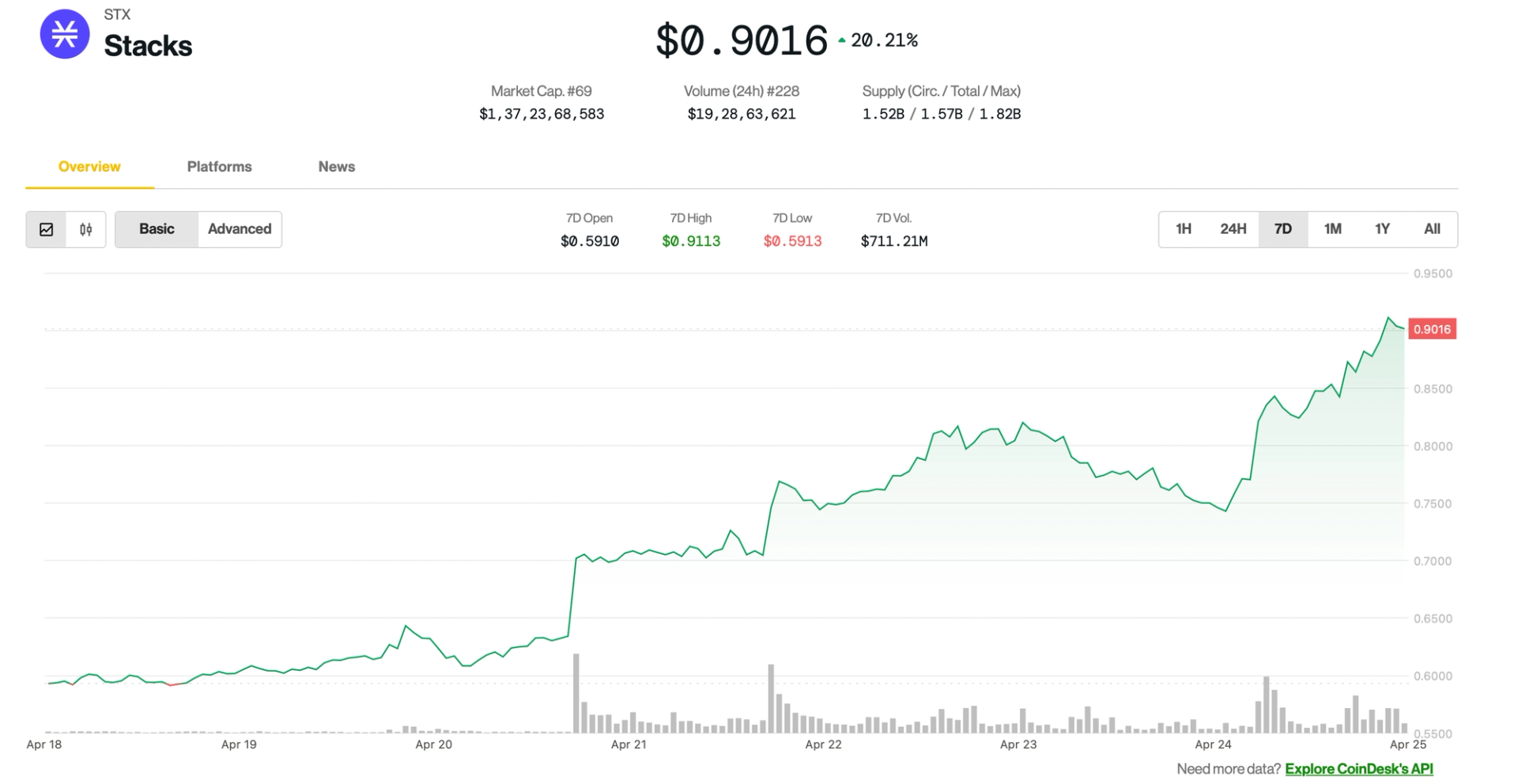5 Tips to Optimize Your Flutter App
Flutter is a fantastic tool for building cross-platform applications quickly and effectively, as it allows you to launch your app for Android, iOS, Windows, macOS, and Linux — all from a single codebase. However, one of the most common criticisms of Flutter throughout its history has been its performance, especially on certain platforms like Apple’s devices. That’s why it’s crucial for you, as a developer, to have the right skills to optimize your app as much as possible, ensuring it runs fast and smoothly on the user’s device. Ideally, the user shouldn’t even be able to tell the difference between a native app and one built with Flutter.

Flutter is a fantastic tool for building cross-platform applications quickly and effectively, as it allows you to launch your app for Android, iOS, Windows, macOS, and Linux — all from a single codebase. However, one of the most common criticisms of Flutter throughout its history has been its performance, especially on certain platforms like Apple’s devices. That’s why it’s crucial for you, as a developer, to have the right skills to optimize your app as much as possible, ensuring it runs fast and smoothly on the user’s device. Ideally, the user shouldn’t even be able to tell the difference between a native app and one built with Flutter.


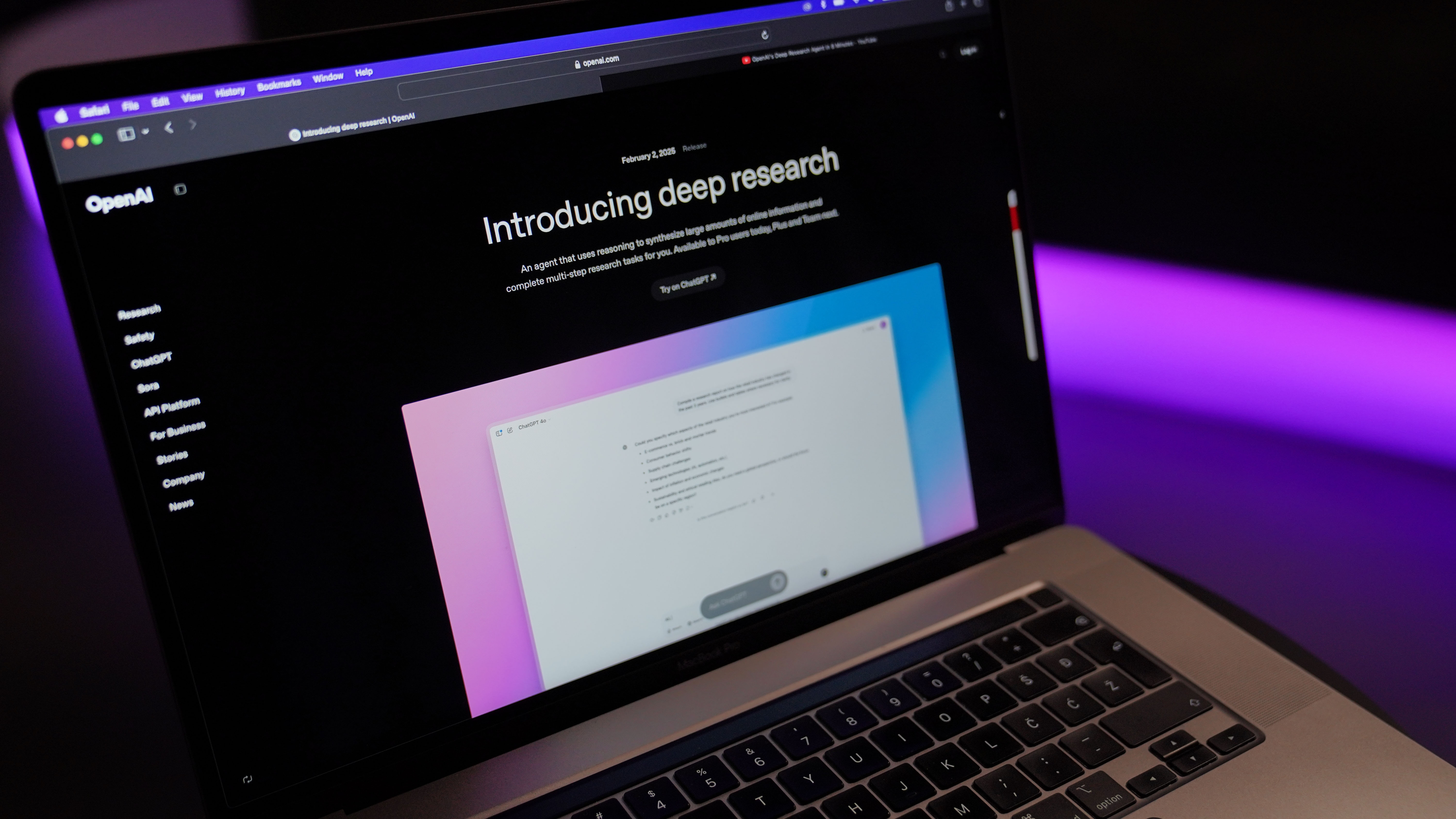


































































































































































![[The AI Show Episode 144]: ChatGPT’s New Memory, Shopify CEO’s Leaked “AI First” Memo, Google Cloud Next Releases, o3 and o4-mini Coming Soon & Llama 4’s Rocky Launch](https://www.marketingaiinstitute.com/hubfs/ep%20144%20cover.png)



















































































































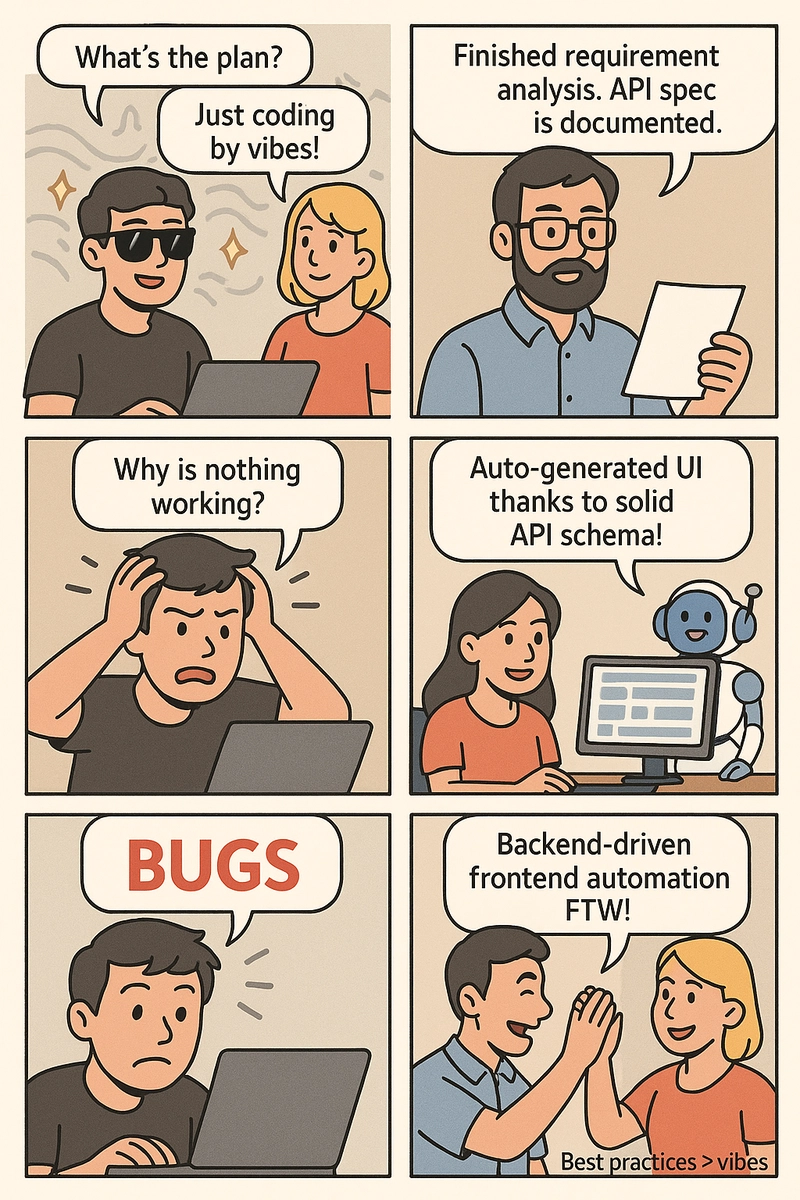




























































































































.jpg?#)


















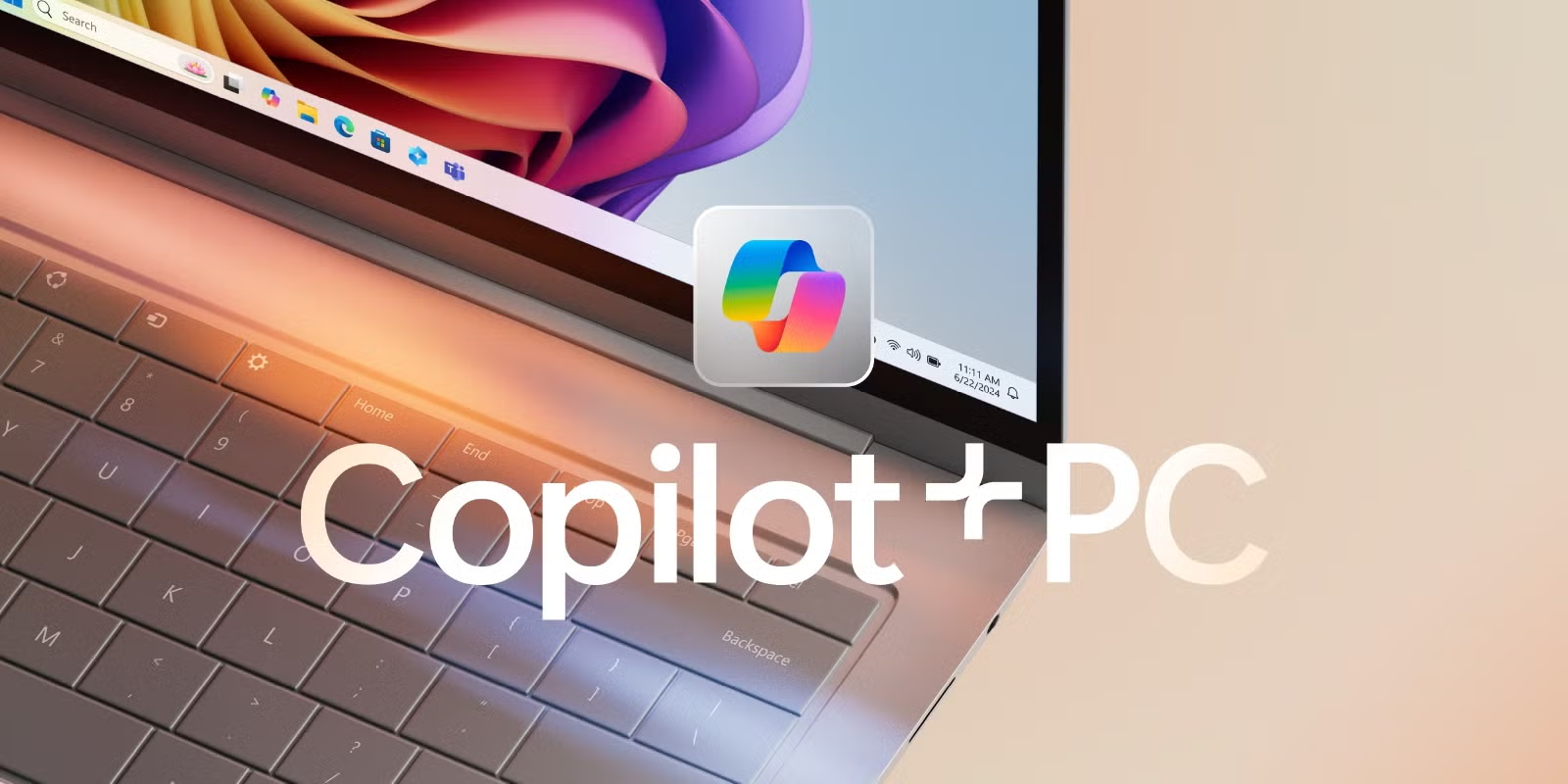











































































































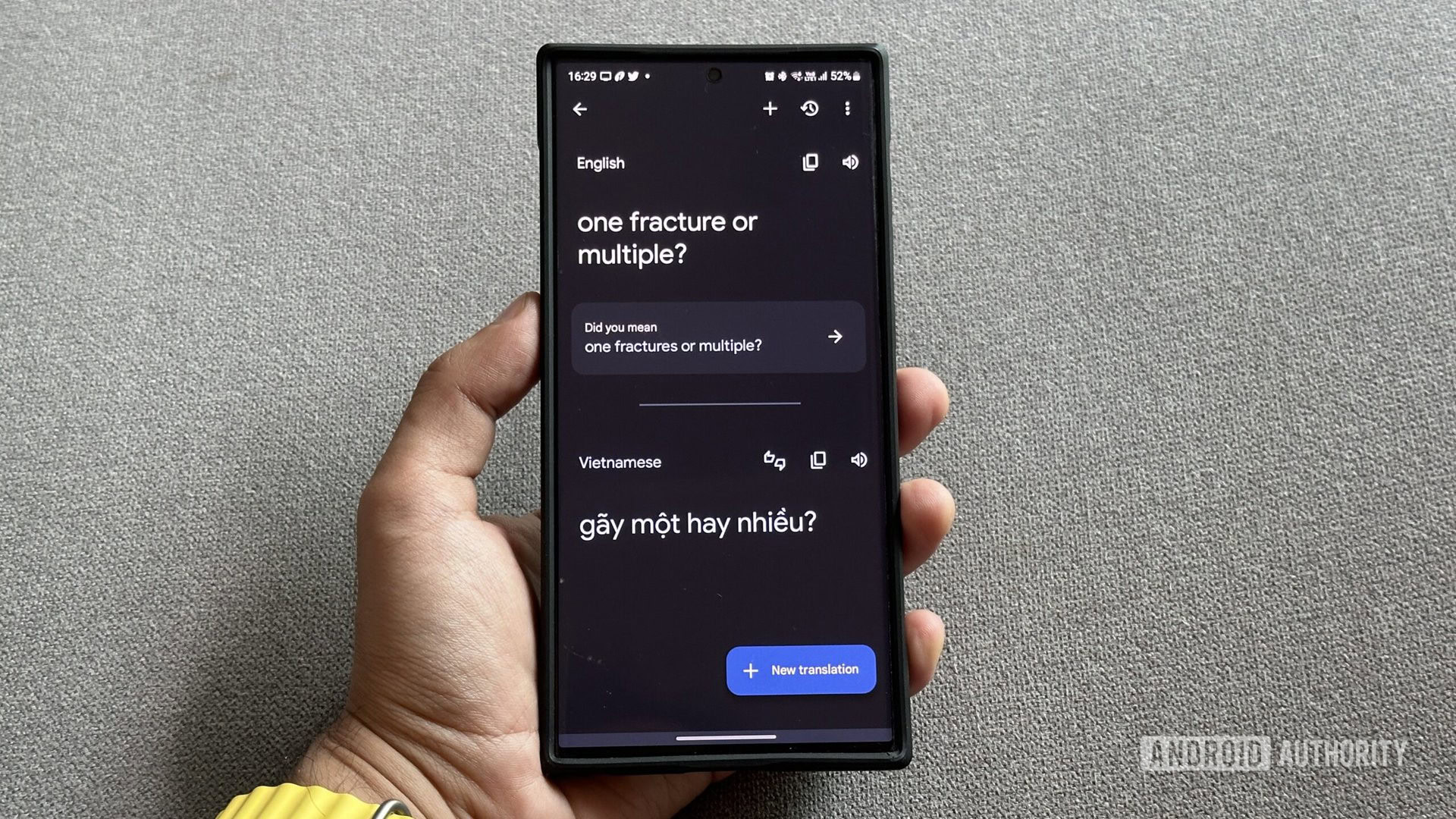
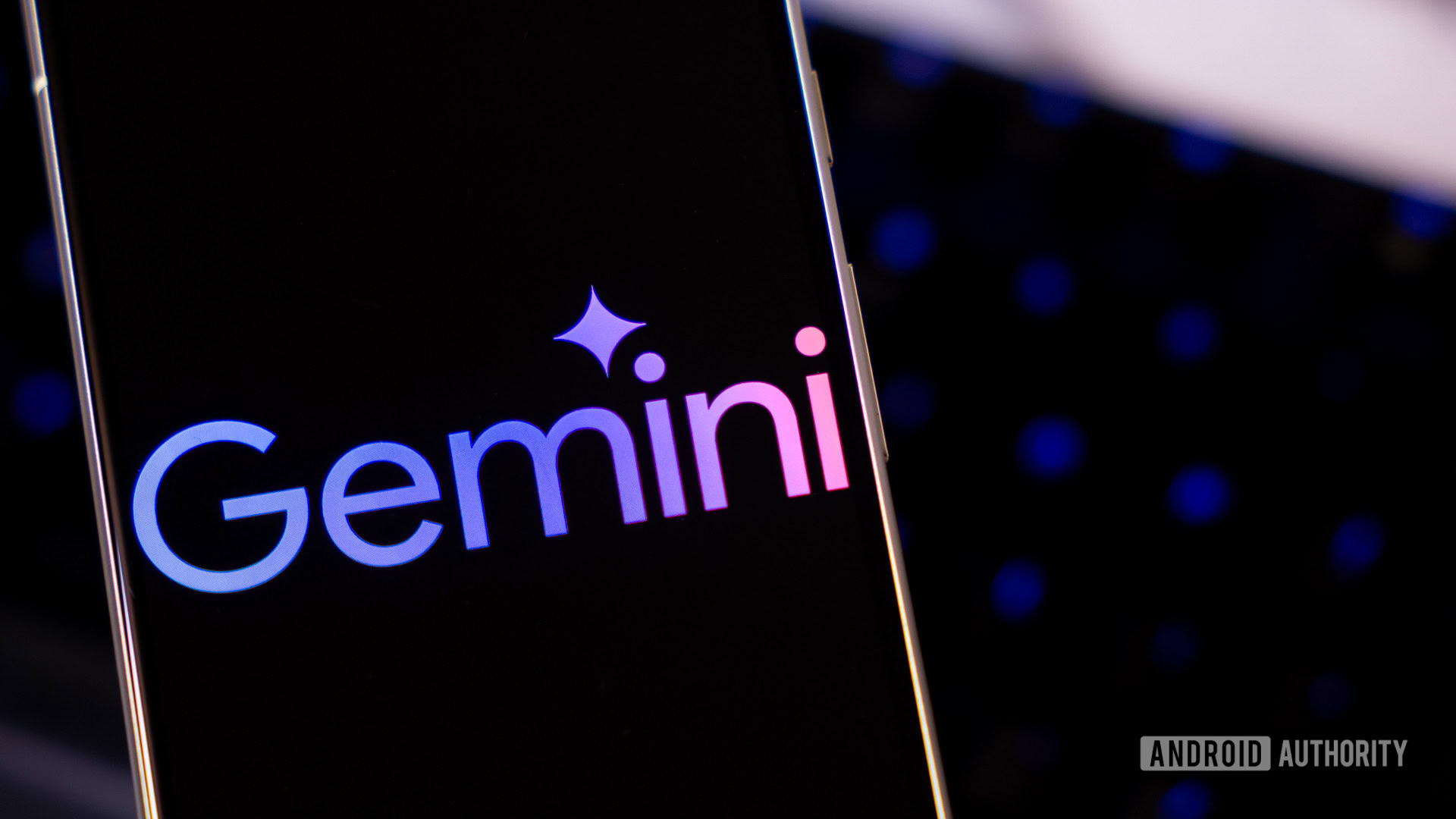
















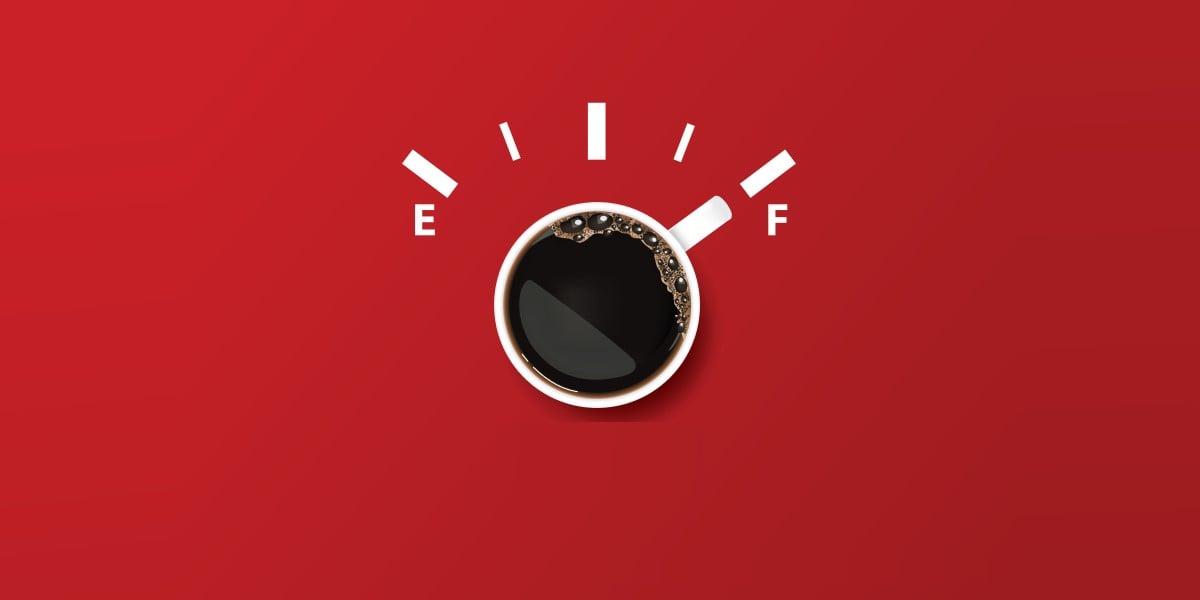

![Apple to Shift Robotics Unit From AI Division to Hardware Engineering [Report]](https://www.iclarified.com/images/news/97128/97128/97128-640.jpg)

![Apple Shares New Ad for iPhone 16: 'Trust Issues' [Video]](https://www.iclarified.com/images/news/97125/97125/97125-640.jpg)

















